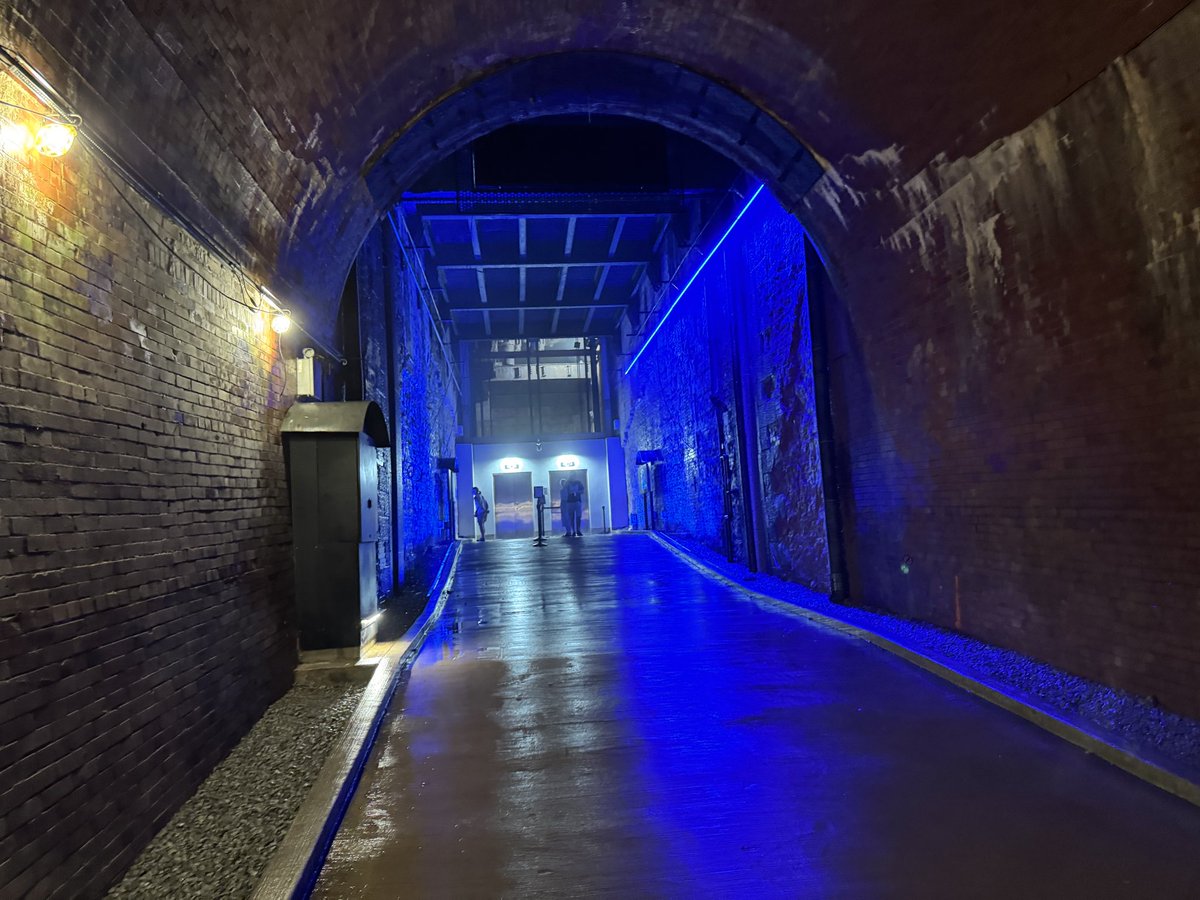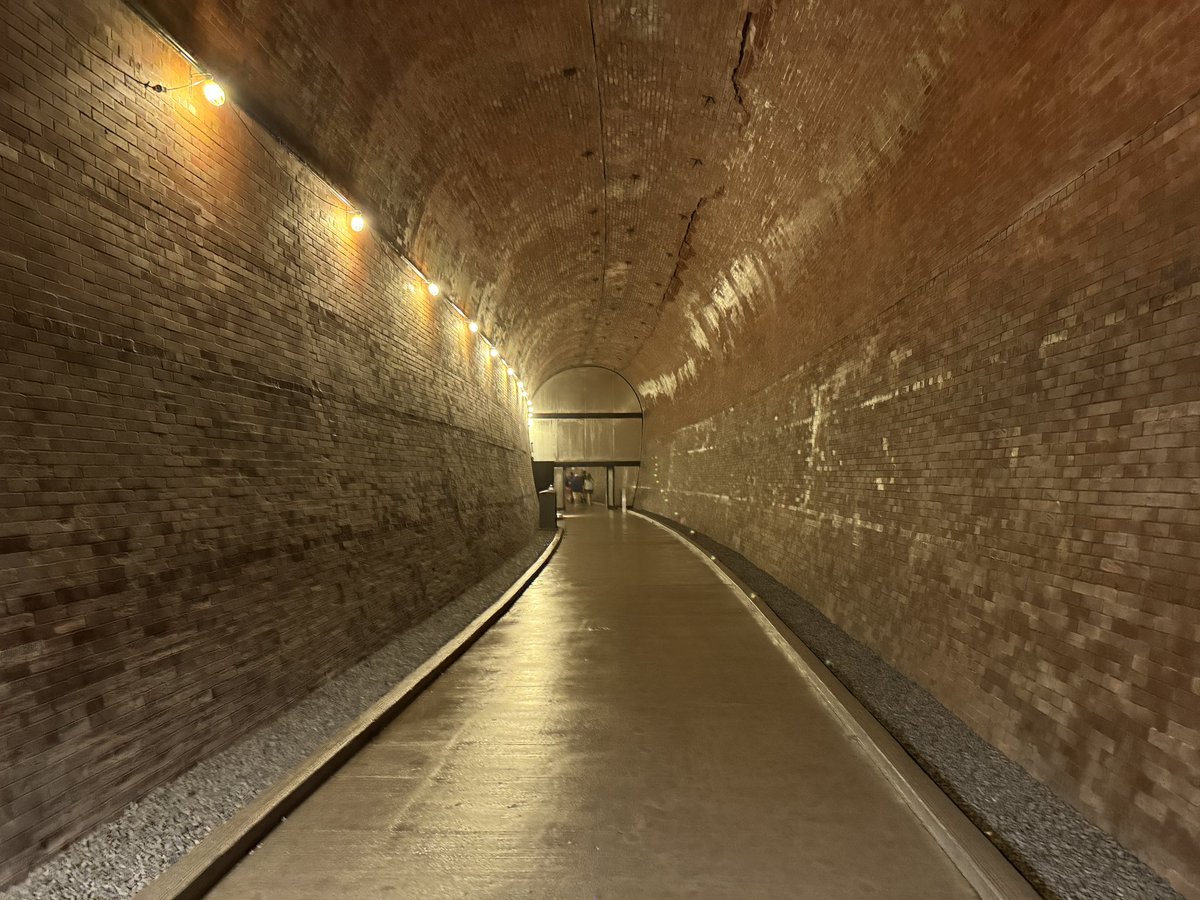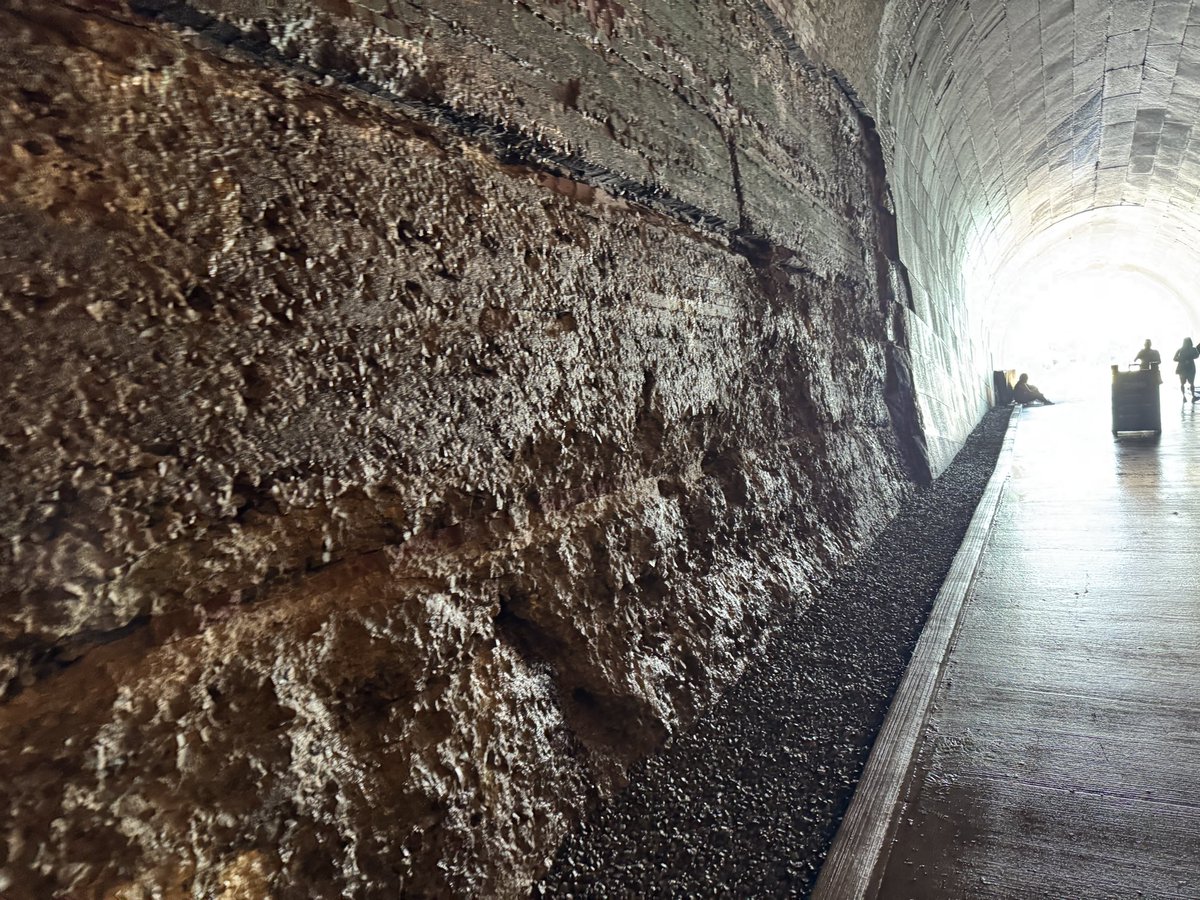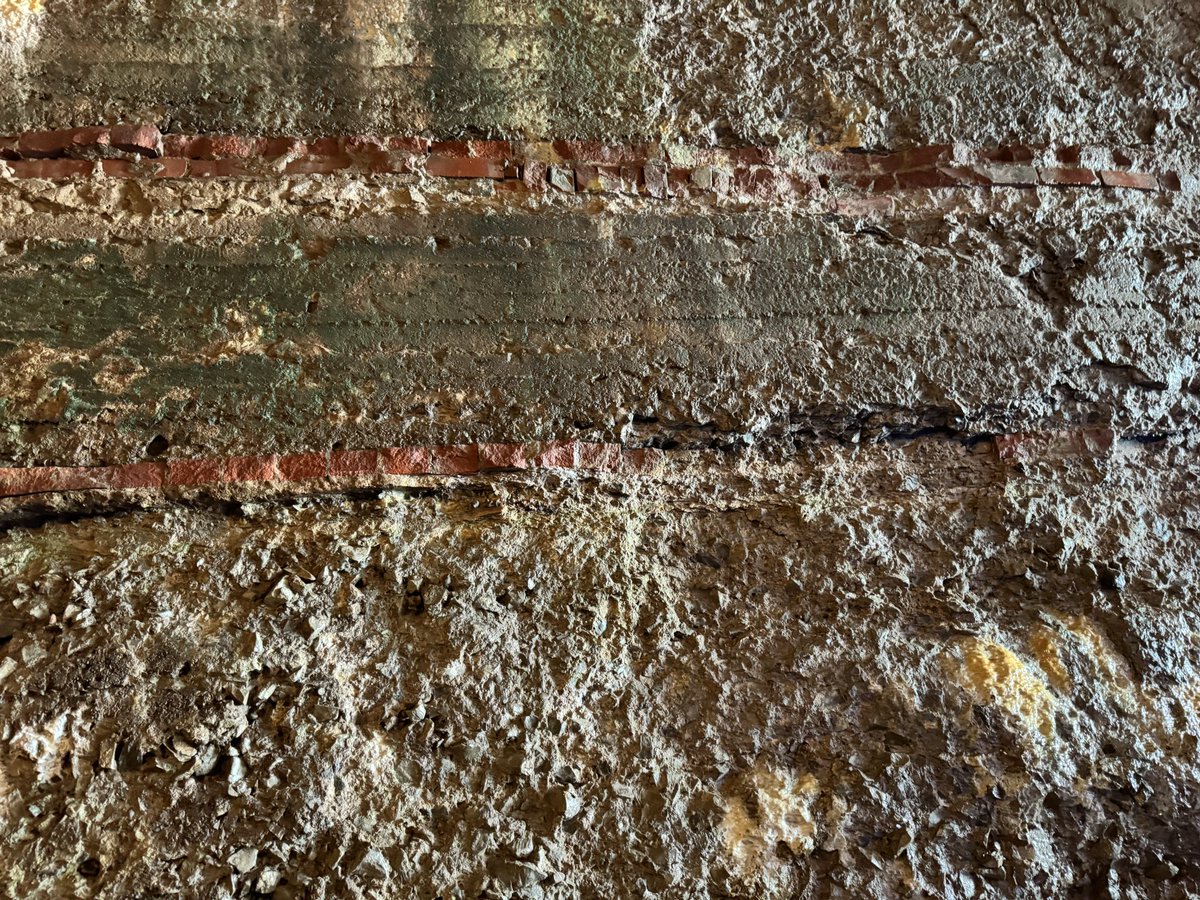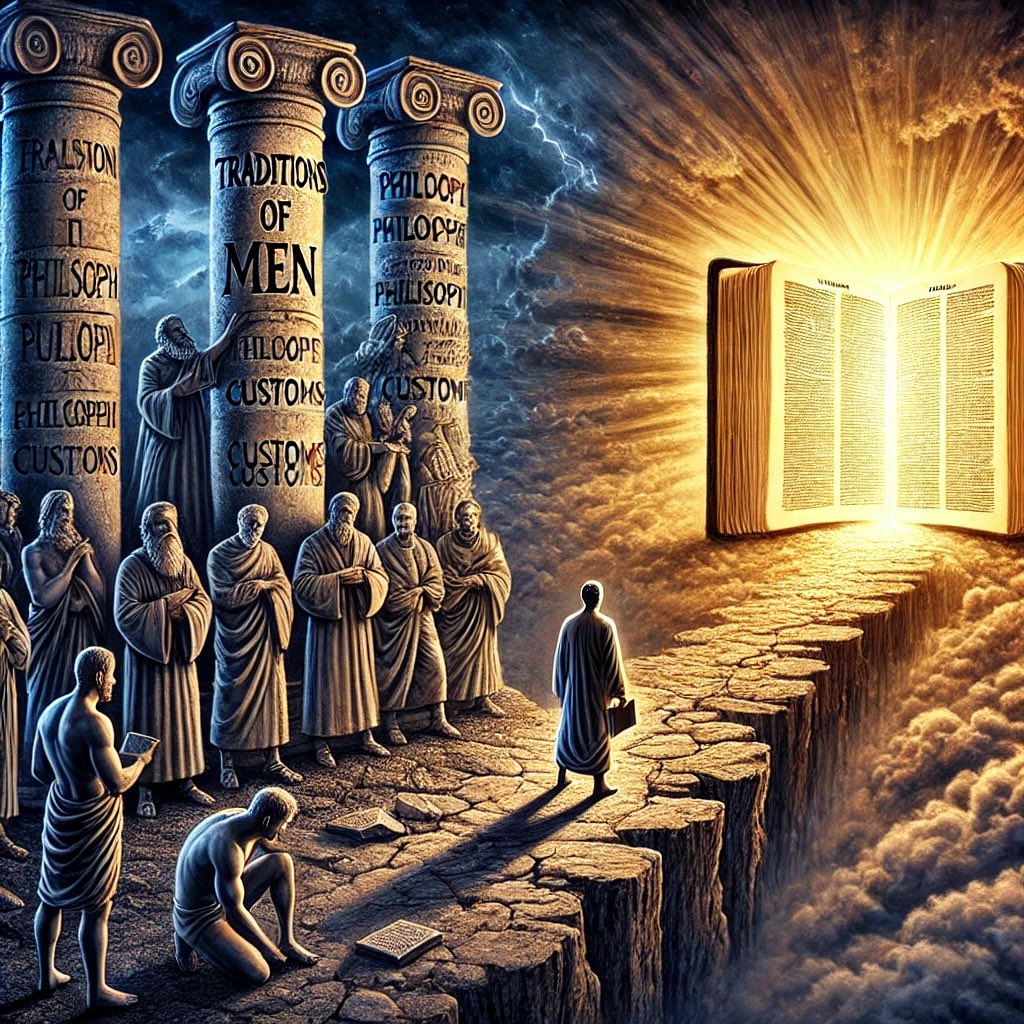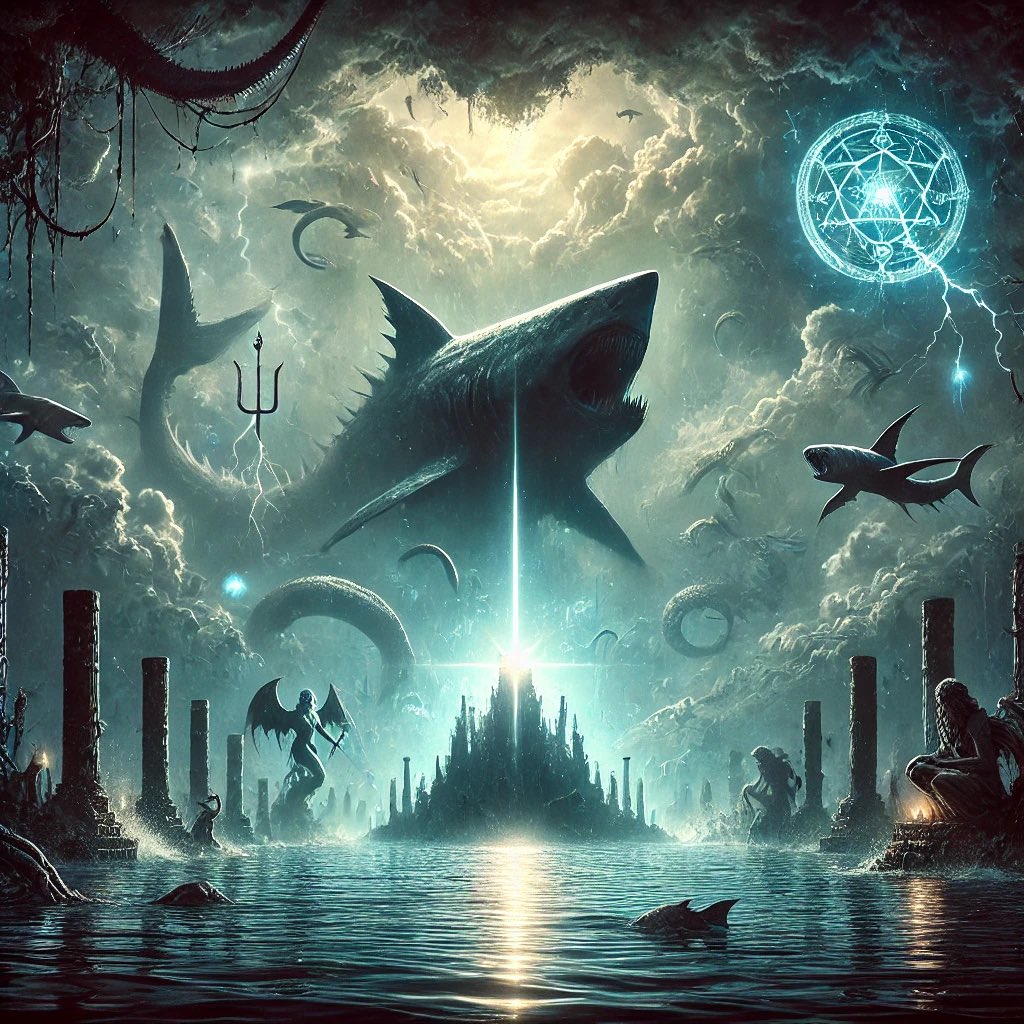Is It Okay for Christians to Drink Alcohol?
Introduction – A Divisive but Necessary Question
Few issues create more division in modern Christianity than the subject of alcohol. Some argue that drinking in moderation is perfectly acceptable, even citing Jesus turning water into wine as their defense. Others insist that any consumption of alcohol is unwise, unholy, and dangerous. To the world, the idea of total abstinence sounds outdated, even laughable. To many professing Christians, it sounds legalistic. Yet, as Bible believers, our standard is not public opinion, church tradition, or cultural acceptance. Our standard is the Word of God.
For over three decades in ministry, I have witnessed firsthand the devastating effects of alcohol. Families torn apart, marriages ruined, testimonies destroyed, and lives cut short—all because of something the world treats as harmless fun. Alcohol may be legal, and it may be socially acceptable, but the Bible calls it something very different:
“Wine is a mocker, strong drink is raging: and whosoever is deceived thereby is not wise.” (Proverbs 20:1)
The question for us as Christians is not whether we can drink, but whether we should. And when we examine the Scriptures carefully, the answer becomes clear: alcohol is a deceiver, a destroyer, and a snare that no child of God should touch.
1. Wine in the Bible: New vs. Old
The first key to understanding alcohol in Scripture is recognizing that the word “wine” in the King James Bible does not always refer to fermented, intoxicating drink. Sometimes it clearly means fresh, unfermented juice of the grape.
For example:
•Isaiah 65:8 – “As the new wine is found in the cluster…” Clearly this is grape juice still in the cluster, not fermented liquor.
•Genesis 40:11 – Joseph presses grapes directly into Pharaoh’s cup—unfermented, freshly squeezed.
•Joel 2:24 – “The fats shall overflow with wine and oil.” This is juice straight from the press.
This distinction matters. When the Bible praises wine, it is often speaking of fresh juice—the blessing of the vine, a picture of joy and abundance. When it condemns wine, it is speaking of fermented, intoxicating drink. The context reveals which is which.
2. Did Jesus Drink Fermented Wine?
One of the most common arguments for Christian drinking is the claim that Jesus Himself drank wine. At the wedding in Cana, He turned water into wine (John 2). At the Last Supper, He passed the cup to His disciples.
But notice carefully:
•At the Last Supper, Jesus referred to the drink as “the fruit of the vine” (Matthew 26:29), not as “fermented wine.” Fruit of the vine is grape juice.
•Jesus is the sinless Son of God, holy and undefiled. Would He consume something the Bible calls a “mocker” (Proverbs 20:1) and warns against repeatedly?
•Fermentation is the result of decay and corruption. Jesus Christ, who knew no corruption (Acts 2:27), would not make or drink something that symbolizes decay.
The miracle at Cana was not an endorsement of alcohol. It was a display of Christ’s glory. To assume He provided gallons of intoxicating liquor for a wedding feast is to misread both His character and His Word.
3. The Bible’s Warnings About Alcohol
The Scriptures are saturated with warnings about alcohol. Consider just a few:
•Proverbs 23:29–35 – A vivid picture of drunkenness: sorrow, strife, wounds without cause, babbling, redness of eyes, hallucinations, addiction.
•Habakkuk 2:15 – “Woe unto him that giveth his neighbour drink…” God pronounces judgment on those who lead others into drunkenness.
•Ephesians 5:18 – “And be not drunk with wine, wherein is excess; but be filled with the Spirit.” The contrast is clear: alcohol dulls, the Spirit fills.
•1 Peter 5:8 – “Be sober, be vigilant…” The Christian life demands constant sobriety.
Nowhere does the Bible encourage drinking alcohol. Every mention of its use comes with warnings, consequences, and sorrow.
4. The Destructive Power of Alcohol in
Introduction – A Divisive but Necessary Question
Few issues create more division in modern Christianity than the subject of alcohol. Some argue that drinking in moderation is perfectly acceptable, even citing Jesus turning water into wine as their defense. Others insist that any consumption of alcohol is unwise, unholy, and dangerous. To the world, the idea of total abstinence sounds outdated, even laughable. To many professing Christians, it sounds legalistic. Yet, as Bible believers, our standard is not public opinion, church tradition, or cultural acceptance. Our standard is the Word of God.
For over three decades in ministry, I have witnessed firsthand the devastating effects of alcohol. Families torn apart, marriages ruined, testimonies destroyed, and lives cut short—all because of something the world treats as harmless fun. Alcohol may be legal, and it may be socially acceptable, but the Bible calls it something very different:
“Wine is a mocker, strong drink is raging: and whosoever is deceived thereby is not wise.” (Proverbs 20:1)
The question for us as Christians is not whether we can drink, but whether we should. And when we examine the Scriptures carefully, the answer becomes clear: alcohol is a deceiver, a destroyer, and a snare that no child of God should touch.
1. Wine in the Bible: New vs. Old
The first key to understanding alcohol in Scripture is recognizing that the word “wine” in the King James Bible does not always refer to fermented, intoxicating drink. Sometimes it clearly means fresh, unfermented juice of the grape.
For example:
•Isaiah 65:8 – “As the new wine is found in the cluster…” Clearly this is grape juice still in the cluster, not fermented liquor.
•Genesis 40:11 – Joseph presses grapes directly into Pharaoh’s cup—unfermented, freshly squeezed.
•Joel 2:24 – “The fats shall overflow with wine and oil.” This is juice straight from the press.
This distinction matters. When the Bible praises wine, it is often speaking of fresh juice—the blessing of the vine, a picture of joy and abundance. When it condemns wine, it is speaking of fermented, intoxicating drink. The context reveals which is which.
2. Did Jesus Drink Fermented Wine?
One of the most common arguments for Christian drinking is the claim that Jesus Himself drank wine. At the wedding in Cana, He turned water into wine (John 2). At the Last Supper, He passed the cup to His disciples.
But notice carefully:
•At the Last Supper, Jesus referred to the drink as “the fruit of the vine” (Matthew 26:29), not as “fermented wine.” Fruit of the vine is grape juice.
•Jesus is the sinless Son of God, holy and undefiled. Would He consume something the Bible calls a “mocker” (Proverbs 20:1) and warns against repeatedly?
•Fermentation is the result of decay and corruption. Jesus Christ, who knew no corruption (Acts 2:27), would not make or drink something that symbolizes decay.
The miracle at Cana was not an endorsement of alcohol. It was a display of Christ’s glory. To assume He provided gallons of intoxicating liquor for a wedding feast is to misread both His character and His Word.
3. The Bible’s Warnings About Alcohol
The Scriptures are saturated with warnings about alcohol. Consider just a few:
•Proverbs 23:29–35 – A vivid picture of drunkenness: sorrow, strife, wounds without cause, babbling, redness of eyes, hallucinations, addiction.
•Habakkuk 2:15 – “Woe unto him that giveth his neighbour drink…” God pronounces judgment on those who lead others into drunkenness.
•Ephesians 5:18 – “And be not drunk with wine, wherein is excess; but be filled with the Spirit.” The contrast is clear: alcohol dulls, the Spirit fills.
•1 Peter 5:8 – “Be sober, be vigilant…” The Christian life demands constant sobriety.
Nowhere does the Bible encourage drinking alcohol. Every mention of its use comes with warnings, consequences, and sorrow.
4. The Destructive Power of Alcohol in

Society
If Scripture’s warnings were not enough, history and modern statistics prove the devastating effects of alcohol.
•According to the World Health Organization (2024), alcohol contributes to 3 million deaths worldwide every year—one death every 10 seconds.
•In the U.S. alone, alcohol is responsible for over 140,000 deaths annually—from liver disease, drunk driving, and alcohol-related violence.
•The CDC reports that excessive drinking costs the U.S. economy over $249 billion per year, through lost productivity, healthcare, and crime.
•Around 40% of violent crimes in America involve alcohol.
•Domestic abuse, child neglect, and broken homes are heavily linked to drinking.
Alcohol doesn’t just destroy individuals—it devastates families, communities, and nations. What God calls a “mocker” has mocked countless souls into early graves.
5. Alcohol and the Christian Testimony
Even if a Christian insists they can handle alcohol in moderation, one question remains: What about your testimony?
Paul wrote:
“It is good neither to eat flesh, nor to drink wine, nor any thing whereby thy brother stumbleth, or is offended, or is made weak.” (Romans 14:21)
A Christian who drinks—even “moderately”—risks leading weaker believers astray. Suppose a young believer sees you with a drink and assumes it’s harmless. They may follow your example, only to end up addicted, enslaved, and ruined. Will you answer for that before Christ?
Furthermore, drinking blurs the line between the Christian and the world. How can we preach against sin with a bottle in our hand? How can we claim to be filled with the Spirit while filling ourselves with spirits?
6. Answering the “Moderation” Argument
Many insist that alcohol is fine “in moderation.” But consider:
•No one ever became a drunkard who didn’t first take a drink.
•Moderation is undefined—what is “moderate” for one is excessive for another.
•Alcohol deceives: “whosoever is deceived thereby is not wise.” (Proverbs 20:1)
•Why flirt with something that destroys so many lives?
The “moderation” argument is simply a way of justifying sin. Paul wrote:
“All things are lawful for me, but all things are not expedient: all things are lawful for me, but I will not be brought under the power of any.” (1 Corinthians 6:12)
Even if you argue that drinking is not outright forbidden, can you honestly say it is expedient, edifying, and harmless? The answer is obvious.
7. Alcohol in Light of Eternity
The most important question is not simply “Is it okay?” but “Is it worth it?”
•Is a moment of worldly pleasure worth grieving the Spirit?
•Is the risk of addiction worth destroying your testimony?
•Is dulling your senses worth losing your rewards at the judgment seat of Christ?
The Christian is called to live in light of eternity. Paul said:
“And every man that striveth for the mastery is temperate in all things. Now they do it to obtain a corruptible crown; but we an incorruptible.” (1 Corinthians 9:25)
The runner avoids anything that slows him down. Why would we weigh ourselves down with alcohol when the Christian race demands all vigilance and focus?
8. A Better Filling
The world drinks to numb pain, drown sorrows, or find temporary joy. But Christians have something infinitely better: the filling of the Holy Spirit.
“And be not drunk with wine, wherein is excess; but be filled with the Spirit.” (Ephesians 5:18)
The Spirit gives true joy, true comfort, true courage, and true fellowship. Why settle for the counterfeit when the real thing is freely offered in Christ?
Conclusion – A Clear Stand
So, is it okay for Christians to drink alcohol? According to the Word of God, the answer is clear: No.
•The Bible warns against it.
•Experience proves its destruction.
•It damages testimony, endangers weaker brethren, and opens the door to sin.
•It offers nothing the Spirit cannot give far better.
As believers, we are not called to see how close we can walk to the world
If Scripture’s warnings were not enough, history and modern statistics prove the devastating effects of alcohol.
•According to the World Health Organization (2024), alcohol contributes to 3 million deaths worldwide every year—one death every 10 seconds.
•In the U.S. alone, alcohol is responsible for over 140,000 deaths annually—from liver disease, drunk driving, and alcohol-related violence.
•The CDC reports that excessive drinking costs the U.S. economy over $249 billion per year, through lost productivity, healthcare, and crime.
•Around 40% of violent crimes in America involve alcohol.
•Domestic abuse, child neglect, and broken homes are heavily linked to drinking.
Alcohol doesn’t just destroy individuals—it devastates families, communities, and nations. What God calls a “mocker” has mocked countless souls into early graves.
5. Alcohol and the Christian Testimony
Even if a Christian insists they can handle alcohol in moderation, one question remains: What about your testimony?
Paul wrote:
“It is good neither to eat flesh, nor to drink wine, nor any thing whereby thy brother stumbleth, or is offended, or is made weak.” (Romans 14:21)
A Christian who drinks—even “moderately”—risks leading weaker believers astray. Suppose a young believer sees you with a drink and assumes it’s harmless. They may follow your example, only to end up addicted, enslaved, and ruined. Will you answer for that before Christ?
Furthermore, drinking blurs the line between the Christian and the world. How can we preach against sin with a bottle in our hand? How can we claim to be filled with the Spirit while filling ourselves with spirits?
6. Answering the “Moderation” Argument
Many insist that alcohol is fine “in moderation.” But consider:
•No one ever became a drunkard who didn’t first take a drink.
•Moderation is undefined—what is “moderate” for one is excessive for another.
•Alcohol deceives: “whosoever is deceived thereby is not wise.” (Proverbs 20:1)
•Why flirt with something that destroys so many lives?
The “moderation” argument is simply a way of justifying sin. Paul wrote:
“All things are lawful for me, but all things are not expedient: all things are lawful for me, but I will not be brought under the power of any.” (1 Corinthians 6:12)
Even if you argue that drinking is not outright forbidden, can you honestly say it is expedient, edifying, and harmless? The answer is obvious.
7. Alcohol in Light of Eternity
The most important question is not simply “Is it okay?” but “Is it worth it?”
•Is a moment of worldly pleasure worth grieving the Spirit?
•Is the risk of addiction worth destroying your testimony?
•Is dulling your senses worth losing your rewards at the judgment seat of Christ?
The Christian is called to live in light of eternity. Paul said:
“And every man that striveth for the mastery is temperate in all things. Now they do it to obtain a corruptible crown; but we an incorruptible.” (1 Corinthians 9:25)
The runner avoids anything that slows him down. Why would we weigh ourselves down with alcohol when the Christian race demands all vigilance and focus?
8. A Better Filling
The world drinks to numb pain, drown sorrows, or find temporary joy. But Christians have something infinitely better: the filling of the Holy Spirit.
“And be not drunk with wine, wherein is excess; but be filled with the Spirit.” (Ephesians 5:18)
The Spirit gives true joy, true comfort, true courage, and true fellowship. Why settle for the counterfeit when the real thing is freely offered in Christ?
Conclusion – A Clear Stand
So, is it okay for Christians to drink alcohol? According to the Word of God, the answer is clear: No.
•The Bible warns against it.
•Experience proves its destruction.
•It damages testimony, endangers weaker brethren, and opens the door to sin.
•It offers nothing the Spirit cannot give far better.
As believers, we are not called to see how close we can walk to the world
without falling. We are called to be separate, holy, and vigilant.
“Whether therefore ye eat, or drink, or whatsoever ye do, do all to the glory of God.” (1 Corinthians 10:31)
Can drinking alcohol be done to the glory of God? No. Therefore, the Christian should abstain. Better to be filled with the Spirit than with spirits.
“Whether therefore ye eat, or drink, or whatsoever ye do, do all to the glory of God.” (1 Corinthians 10:31)
Can drinking alcohol be done to the glory of God? No. Therefore, the Christian should abstain. Better to be filled with the Spirit than with spirits.
• • •
Missing some Tweet in this thread? You can try to
force a refresh



